Producing a nuanced, well-balanced and blended combination of piano and strings can be a difficult performance feat to achieve. Pauline Harding talks to chamber musicians, soloists and teachers to discover some of their secrets
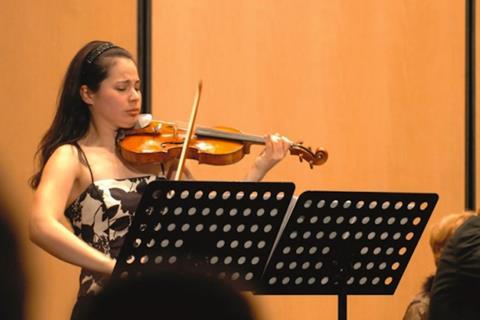
The following extract is from The Strad’s April issue feature on balancing piano with strings. To read it in full, click here to subscribe and login. The April 2021 digital magazine and print edition are on sale now
The place to address serious balance issues is, of course, in the practice room, where diplomacy is key – particularly when it comes to telling collaborators that they are playing too loudly. To avoid causing resentment, Contzen advises her students at the Berlin University of the Arts to focus on something positive. Rather than telling pianists to be quiet in the second movement of the Franck Violin Sonata, for example, she asks them to play the accompanying notes without the melody, so that both players can listen to what the other is doing. ‘You can say, “Can you please take that voice into a different timbre so that it’s heard by the violin?” It’s asking for more, but on a different level. That will open up the pianist’s hearing, which will change the balance.’ A sensitive pianist can then adjust using pedal and touch.
Read Strings and Piano: a sound balance
Read ’Balancing violin and harpsichord requires a stretch of the imagination’ – Simon Standage
Read The harmonious string quartet – a balance of four personality types
In the opening of Schumann’s A minor Violin Sonata, the piano texture is so dense that pianist Assaff Weisman – who currently performs with Zorman on their digital concert platform Up Close (bit.ly/39fk5wK) and has been collaborating with him since they and colleagues founded the ICP in 2008 – uses a finger legato rather than the pedal, just so that the violin D string can be heard more clearly. ‘It also depends on whether you’re playing with a violin or with a cello,’ he says. ‘They are hugely different prospects. Leon Fleisher told me once that when playing with a cello you just have to look like you’re playing forte but you actually play piano, and that’s really true. With a violin, you have a lot more leeway.’
-
This article was published in the April 2021 David Garrett issue
The German violinist talks about making the most of his composition skills, and maintaining a balance between classical and crossover careers. Explore all the articles in this issue .Explore all the articles in this issue
More from this issue…
- Crossover star David Garrett
- German bow maker Ludwig Bausch
- Janusz Wawrowski: Session Report
- Germany’s 19th-century gut string makers
- Two Shapiros: 20th-century US female violinists
- Creating a balance between strings and piano
Read more playing content here
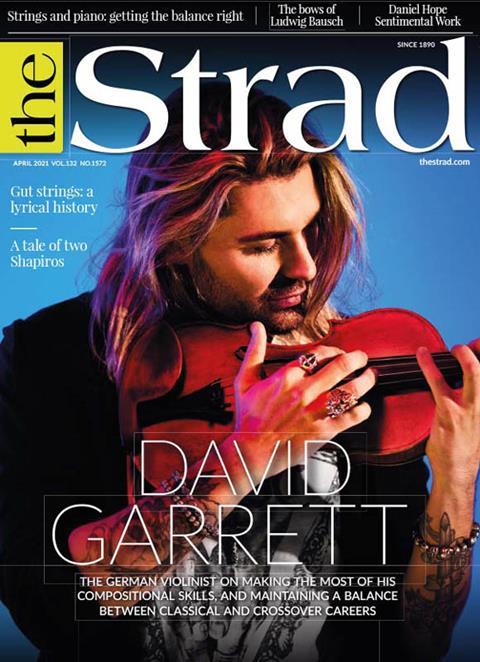

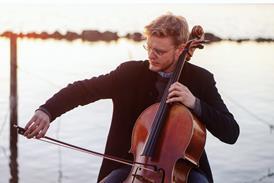


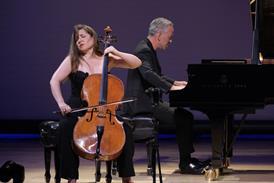
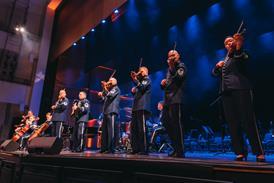
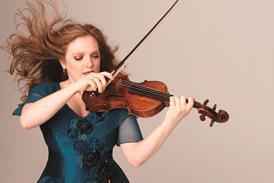
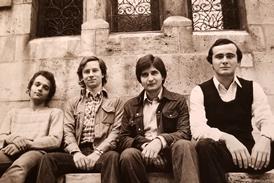

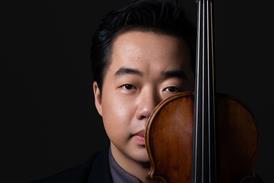
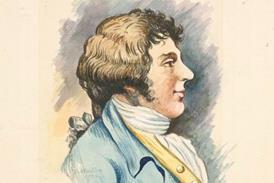




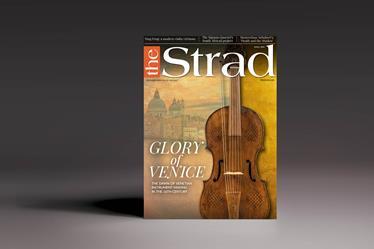



















No comments yet